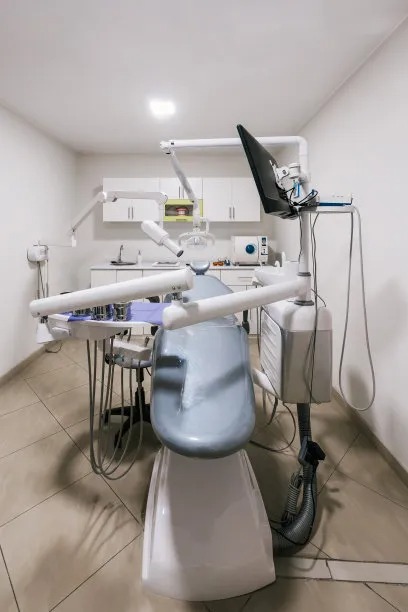Exploring the Advancements and Challenges in Vietnamese Dentistry A Comprehensive Insight
original:health91192025-02-20 11:58:44
Summary: This article provides a comprehensive insight into the advancements and challenges in Vietnamese Dentistry. It covers various aspects of the dental landscape in Vietnam, including technologic
Summary: This article provides a comprehensive insight into the advancements and challenges in Vietnamese Dentistry. It covers various aspects of the dental landscape in Vietnam, including technological developments, educational reforms, regulatory issues, and the impact of globalization. By exploring these key areas, readers can gain a deeper understanding of the current state of Vietnamese dentistry and the direction it is heading towards.
1. Technological Advancements

Technological advancements have revolutionized the field of dentistry in Vietnam. The adoption of digital tools such as CAD/CAM systems and 3D printing has improved the accuracy and efficiency of dental procedures. Tele-dentistry and virtual consultations have also become more prevalent, providing access to dental care in remote areas.
The use of intraoral scanners and cone-beam computed tomography (CBCT) has enhanced diagnostic capabilities, leading to more precise treatment planning. Additionally, the integration of artificial intelligence (AI) in dental software has streamlined workflows and personalized patient care.
Despite these advancements, challenges such as the high cost of technology acquisition and the need for continuous training of dental professionals in new systems persist.
2. Educational Reforms
Educational reforms in Vietnamese dentistry aim to meet international standards and enhance the quality of dental education. Universities and dental schools are updating their curricula to incorporate modern techniques and evidence-based practices. There is a growing emphasis on practical training and clinical experience to prepare students for real-world challenges.
The establishment of partnerships with foreign institutions and exchange programs has facilitated knowledge transfer and skill development. Continuing education programs for practicing dentists ensure they stay updated on the latest trends and advancements in the field.
However, issues such as the shortage of qualified faculty members and limited resources for research and development hinder the progress of educational reforms in Vietnamese dentistry.
3. Regulatory Issues
Regulatory issues play a significant role in shaping the landscape of Vietnamese dentistry. The government is working towards establishing clear guidelines and standards for dental practice to ensure patient safety and quality of care. Licensing requirements for dentists are being revised to align with international norms and promote ethical conduct.
Efforts to combat dental fraud and malpractice are ongoing, with stricter penalties for violations. The implementation of electronic health records and data privacy measures aims to enhance transparency and accountability in the healthcare system.
However, regulatory inconsistencies between regions and the need for better enforcement mechanisms pose challenges to effective governance in Vietnamese dentistry.
4. Impact of Globalization
The impact of globalization on Vietnamese dentistry is evident in the increasing cross-border collaborations and technological exchanges. Foreign investment in dental clinics and facilities has raised the standards of care and brought in innovative practices. Training programs conducted by international experts contribute to the professional development of Vietnamese dentists.
Global trends such as preventive dentistry and cosmetic procedures are gaining popularity in Vietnam, influenced by Western practices. The influx of medical tourists seeking affordable dental treatments has created opportunities for growth in the dental tourism sector.
Nevertheless, concerns about cultural adaptation, language barriers, and maintaining traditional practices amid globalization pose challenges for the dental community in Vietnam.

Summary:
In conclusion, the advancements in Vietnamese dentistry are propelled by technological innovations, educational reforms, regulatory improvements, and the influence of globalization. While these developments bring numerous benefits, they also present challenges that need to be addressed collaboratively by stakeholders in the dental sector. By navigating these opportunities and obstacles, Vietnamese dentistry can continue to evolve and provide quality oral healthcare to its population.
This article is published by HEALTH9119 Medical Health Network https://www.health9199.com arrangement